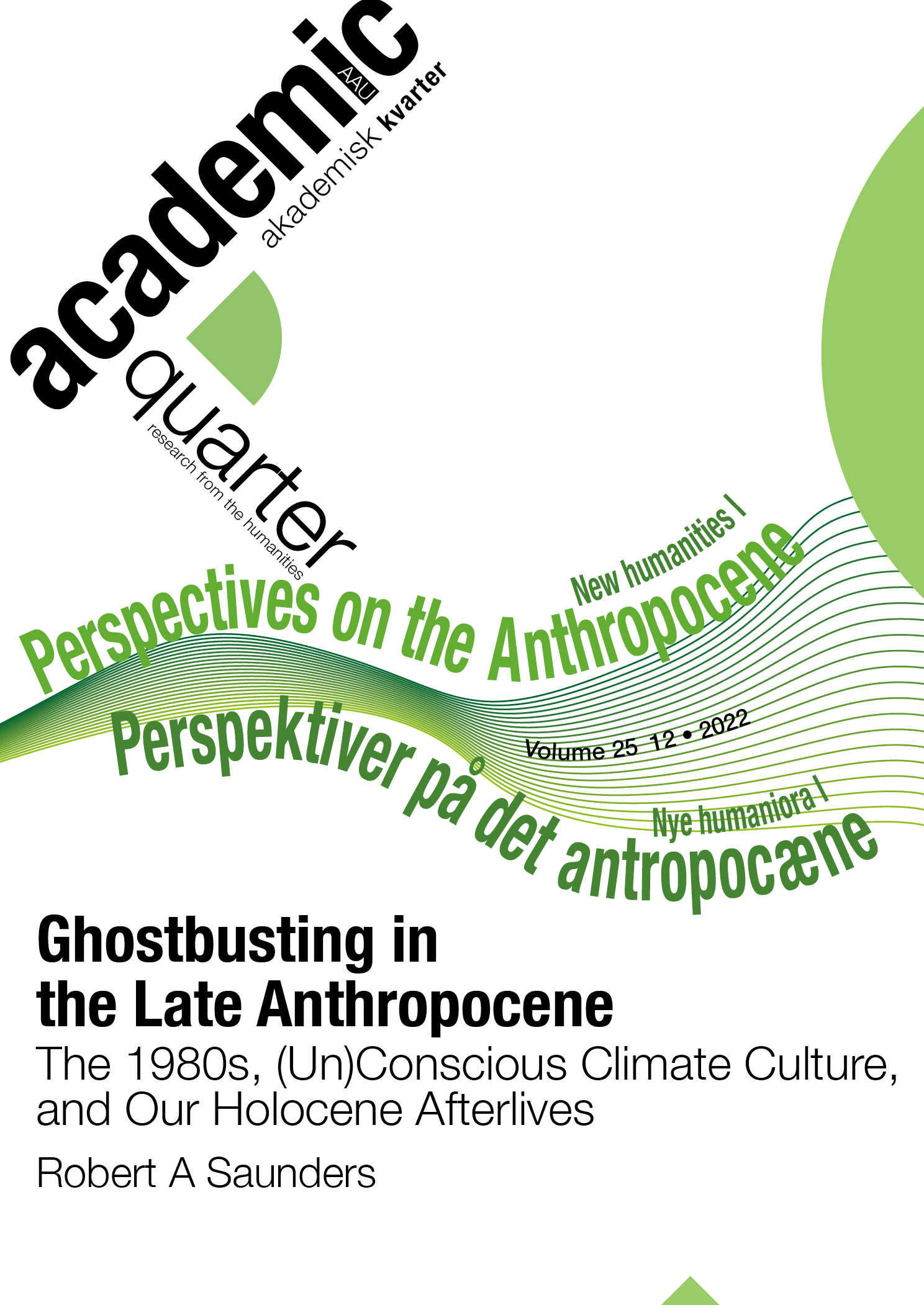Abstract | Abstract
This paper examines the latent ecocriticism of the horror-comedy Ghostbusters: Afterlife (2021) against its original source material in the context of climate catastrophe culture. As a sequel to the Ghostbusters films (1984, 1989), Afterlife shifts the setting: (geo)physically, from metropolitan New York City to a ‘dirt farm’ in Summerville, Oklahoma, and generationally, from the original middle-aged, male ghost-catchers to the teenaged grandchildren of the brightest among them. While the original antagonist – the (fictive) Sumerian god Gozer – returns once more to end the world, the Anthropo(s)cenic landscapes of Afterlife establish the film as a geopolitical intervention in the debate on the already-in-progress environmental apocalypse. In its (partial) rejection of the values of its 1980s-era source material, which is critically assessed herein, I argue that Afterlife speaks to humanity’s emergence as a geological agent defined by geopolitical cultures rooted in human exploitation, hydrocarbon extraction, agro-industrialisation, and nuclearism. Indeed, the decade of Reaganism haunts the film, serving as a ghostly reminder of how we arrived at our current Anthropocene predicament through white heteropatriarchal triumphalism, neoliberal excess, and ecocide.
